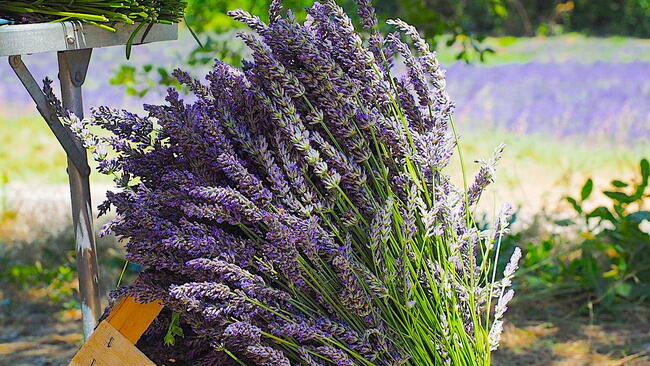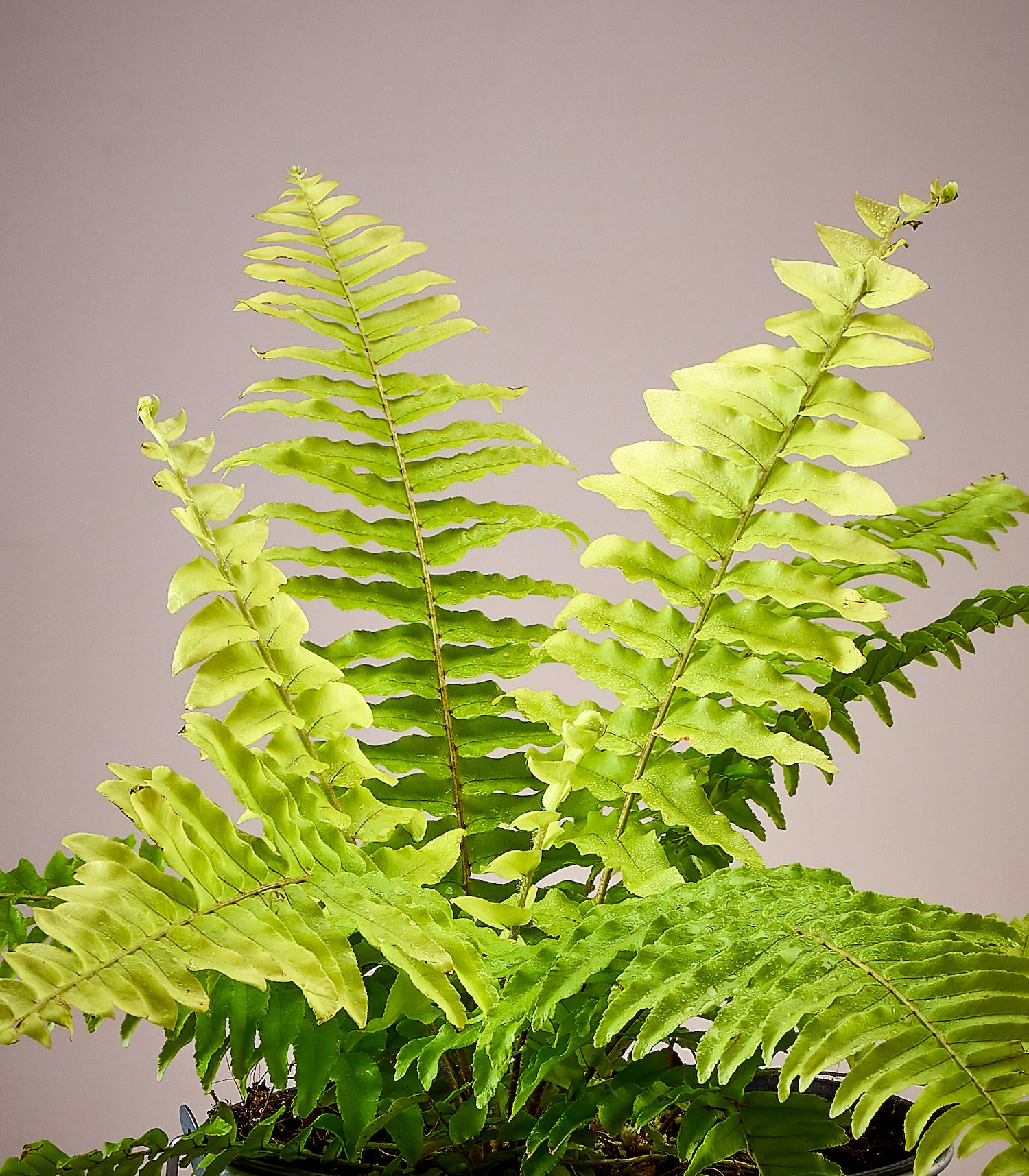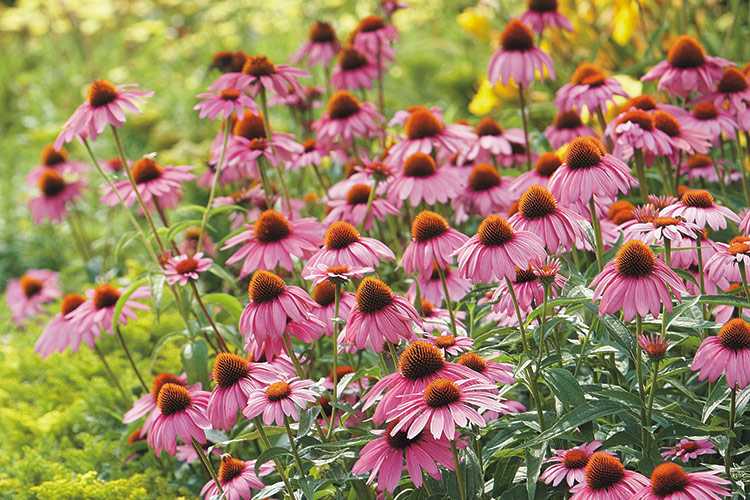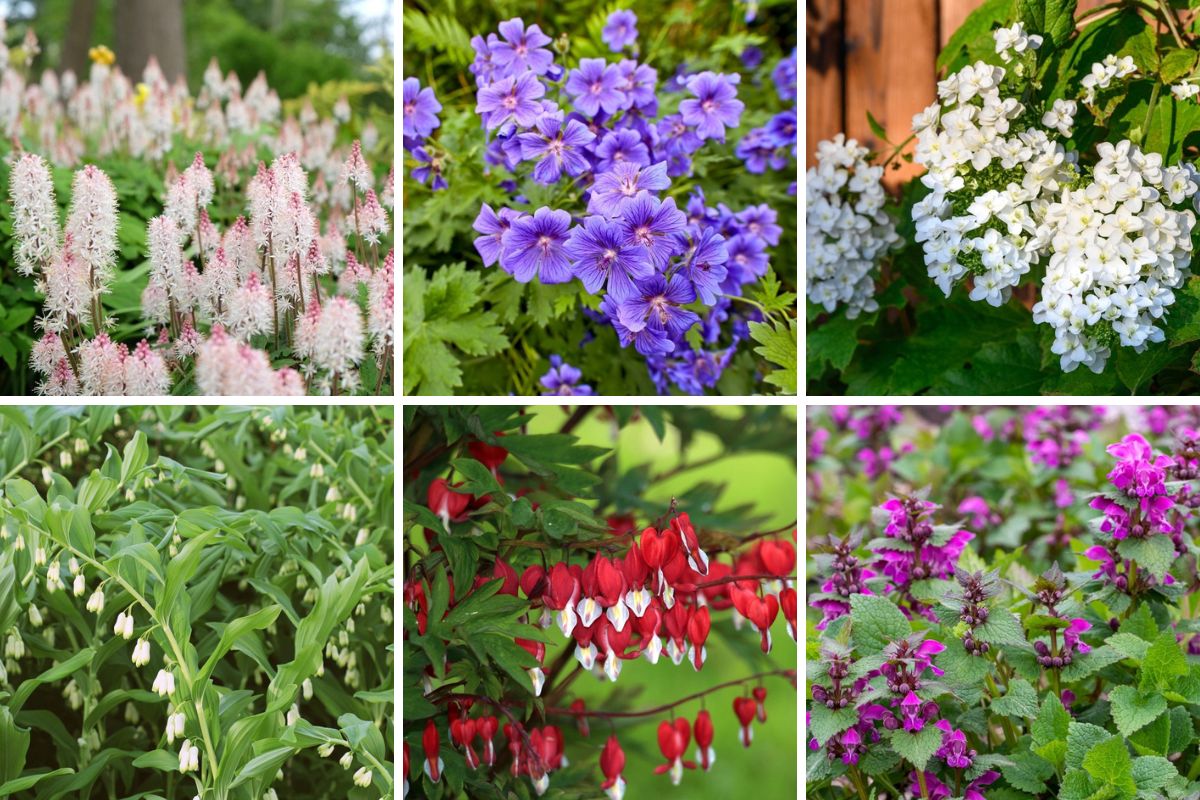Spiderwort Companion Plants That Will Make Your Garden Pop
Spiderwort Companion Plants That Will Make Your Garden POP
Spiderwort is a beautiful and versatile perennial that can add a splash of color to any garden. It's also relatively easy to care for, making it a great choice for beginner gardeners.
One of the best things about spiderwort is that it can be paired with a variety of other plants to create a stunning and eye-catching display. In this blog post, we'll discuss some of the best companion plants for spiderwort.
What is Spiderwort?
Spiderwort is a member of the Commelinaceae family, which also includes plants like daylilies, inchplants, and wandering Jew. It's native to North America and grows in a variety of habitats, from woodlands to meadows.
Spiderwort has long, slender leaves that are arranged in a fan-like pattern. The flowers are small but brightly colored, and they come in a variety of shades, including blue, purple, pink, and white.
Spiderwort blooms in the spring and summer, and it can rebloom in the fall if the weather is mild. It's a relatively short-lived plant, but it's easy to propagate from seed or division.
Why Choose Spiderwort?
There are many reasons to choose spiderwort for your garden. Here are just a few:
- It's easy to care for. Spiderwort is a low-maintenance plant that doesn't require a lot of water or fertilizer.
- It's versatile. Spiderwort can be grown in a variety of conditions, from full sun to partial shade.
- It's attractive. Spiderwort's bright flowers add a splash of color to any garden.
- It's deer resistant. Spiderwort is not a favorite of deer, so you can enjoy its beauty without worrying about it being eaten.
Spiderwort Companion Plants
There are many different companion plants that can be paired with spiderwort. Here are a few of our favorites:
- Daylilies: Daylilies are another easy-care perennial that blooms in the summer. They come in a wide variety of colors, so you can find some that complement the colors of your spiderwort.
- Lavender: Lavender is a fragrant herb that blooms in the summer. It's a great choice for adding a touch of elegance to your garden.

- Yarrow: Yarrow is a hardy perennial that blooms in the summer. It comes in a variety of colors, including white, yellow, and pink.

- Bee balm: Bee balm is a pollinator-friendly plant that blooms in the summer. It's a great choice for attracting bees, butterflies, and other beneficial insects to your garden.
- Turtlehead: Turtlehead is a unique perennial that blooms in the summer. It has long, tubular flowers that resemble the head of a turtle.
These are just a few of the many companion plants that can be paired with spiderwort. When choosing companion plants, it's important to consider the size, color, and light requirements of the plants. You also want to make sure that the plants will complement each other's flowers.
Conclusion
Spiderwort is a beautiful and versatile perennial that can add a splash of color to any garden. By pairing it with the right companion plants, you can create a stunning and eye-catching display that will attract bees, butterflies, and other beneficial insects.
FAQ of spiderwort companion plants
1. What are some good companion plants for spiderwort?
Spiderwort is a versatile plant that can be paired with a variety of other plants. Some good companion plants for spiderwort include:
- Daylilies: Daylilies and spiderwort have similar growing requirements and can be planted together in a border or bed.
- Hostas: Hostas provide shade for spiderwort, which can help to prevent the leaves from burning in hot weather.

- Ferns: Ferns add a touch of elegance to any garden and can be planted alongside spiderwort to create a shady, woodland-like atmosphere.

- Black-eyed Susans: Black-eyed Susans and spiderwort bloom at the same time and have similar flower colors, making them a good choice for companion planting.
- Coneflowers: Coneflowers and spiderwort have different flower colors, which can create a beautiful contrast in the garden.

2. What are the benefits of planting companion plants with spiderwort?
There are several benefits to planting companion plants with spiderwort. For example, companion plants can:
- Help to deter pests and diseases: Some companion plants, such as marigolds, can help to deter pests and diseases that may damage spiderwort.

- Improve soil quality: Some companion plants, such as legumes, can help to improve soil quality by fixing nitrogen.

- Provide shade: Some companion plants, such as hostas, can provide shade for spiderwort, which can help to prevent the leaves from burning in hot weather.
- Attract pollinators: Some companion plants, such as bee balm, can attract pollinators, which can help to pollinate spiderwort flowers.
3. What are some tips for planting companion plants with spiderwort?
When planting companion plants with spiderwort, it is important to consider the following factors:
- The size of the plants: Make sure that the companion plants you choose are not too large or too small for the spiderwort plants.
- The sun exposure: Spiderwort can tolerate both sun and shade, but some companion plants may prefer one or the other.
- The soil type: Spiderwort prefers moist, well-draining soil, so make sure that the companion plants you choose have similar soil requirements.
4. How far apart should companion plants be planted with spiderwort?
The distance between companion plants and spiderwort will vary depending on the size of the plants. However, as a general rule of thumb, companion plants should be planted at least 12 inches apart from spiderwort plants.
5. What are some mistakes to avoid when planting companion plants with spiderwort?
Some common mistakes to avoid when planting companion plants with spiderwort include:
- Planting too many companion plants: Too many companion plants can crowd out the spiderwort plants.
- Planting companion plants that have different water requirements: Make sure that the companion plants you choose have similar water requirements as the spiderwort plants.
- Planting companion plants that have different soil requirements: Make sure that the companion plants you choose have similar soil requirements as the spiderwort plants.
Image of spiderwort companion plants
- Daylilies: Daylilies are a great companion plant for spiderwort because they both prefer full sun and well-drained soil. They also bloom at different times of the year, so you'll have flowers in your garden for most of the season.

- Hostas: Hostas are another good choice for companion plants for spiderwort. They provide shade and moisture for the spiderwort, and they also look great together.

- Astilbe: Astilbe is a tall, airy plant that adds interest to the garden. It blooms in the summer, which is when spiderwort is starting to fade.

- Bearded Iris: Bearded irises are a classic garden flower that goes well with spiderwort. They both have sword-shaped leaves and tall flower stalks.
- Salvia: Salvia is a colorful flowering plant that attracts butterflies and hummingbirds. It's a great choice for companion plants for spiderwort because it blooms in the summer, when spiderwort is starting to fade.

Post a Comment for " Spiderwort Companion Plants That Will Make Your Garden Pop"